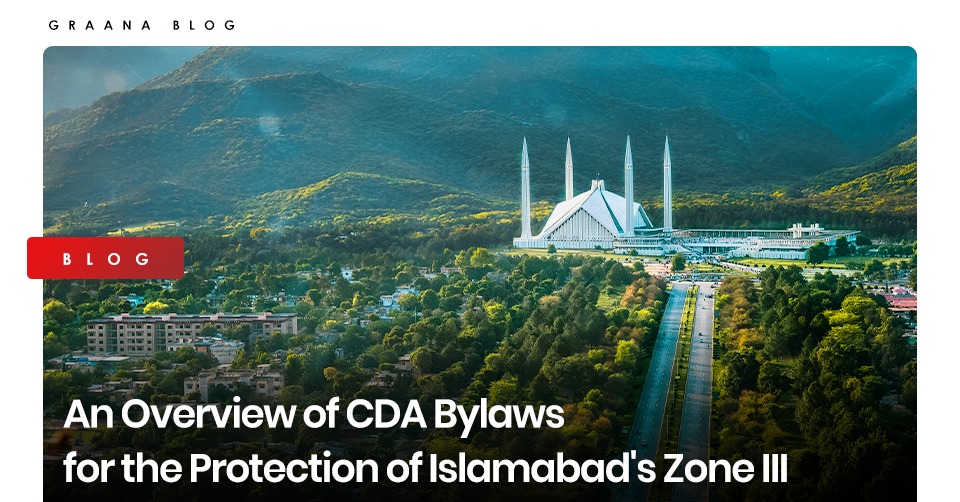Islamabad has been rated as the second most beautiful capital in the world, largely due to the picturesque Margalla Hills and lush green localities that surround the city. However, a lack of checks on the National Park has led to encroachment, which has led to wildfires and poaching of wildlife. In response, the Capital Development Authority has enacted bylaws to protect the flora and fauna of Zone III.
Graana.com, Pakistan’s smartest property portal, takes a look at the steps being taken by the district administration to protect Islamabad’s Zone III.
History of The New Capital
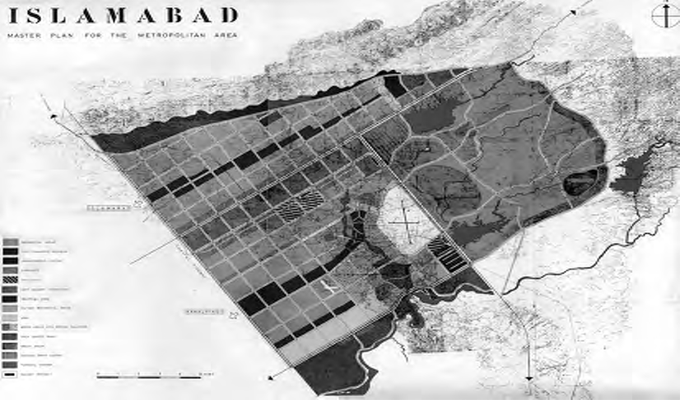
Following Pakistan’s independence in 1947, it was considered that a new and permanent capital city was needed to reflect the country’s diversity. The administration decided that the new capital of Pakistan was to be placed at a location such that it is away from the commercial activities of Karachi and accessible from the farthest corners of the country.
In 1958, a commission was established with the purpose of finding a suitable location for the new capital, with a focus on location, climate, logistics and defence requirements, aesthetics, and scenic and natural beauty.
The panel proposed the area northeast of Rawalpindi’s ancient garrison city after significant research, feasibility studies, and a thorough examination of several sites. It was implemented following the National Cabinet’s final decision. Doxiadis Associates, a Greek architectural firm, designed a grid-based master plan for Islamabad.
Islamabad’s metropolitan region was divided into three primary components, according to the master plan: Islamabad city, National Park (Islamabad Park), Rawalpindi, and the Cantonment.
Islamabad Ordinance is Passed
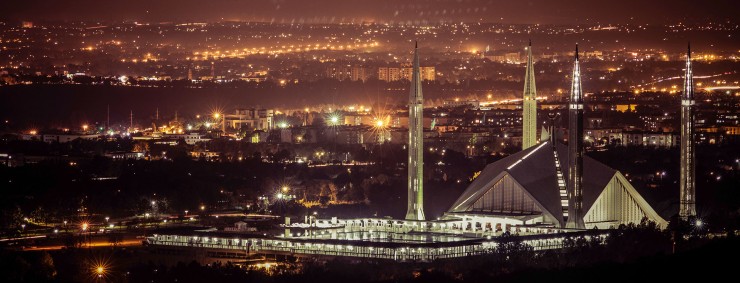
The Capital of the Republic (Determination of Area) Ordinance was passed in 1963, which declared that the new capital would be 350 square miles (906 square kilometres). As a result, Rawalpindi and the Rawalpindi Cantonment were detached from the Islamabad master plan.
CDA conducted two full evaluations of Islamabad’s master plan in 1986 and 2005. However, neither review received approval from the Federal Cabinet. Furthermore, in response to the Supreme Court’s order in SMC 10 of 2007, the CDA revised the ICT Zoning Regulations 1992 in 2010, dividing Islamabad’s Zone-4 into four zones.
The Islamabad Local Government Act 2015 was passed by the government in 2015, and the Metropolitan Corporation Islamabad was founded to fulfil municipal tasks in Islamabad. The entire city, including the sectoral area, was divided into 50 Union Councils.
Zones of Islamabad
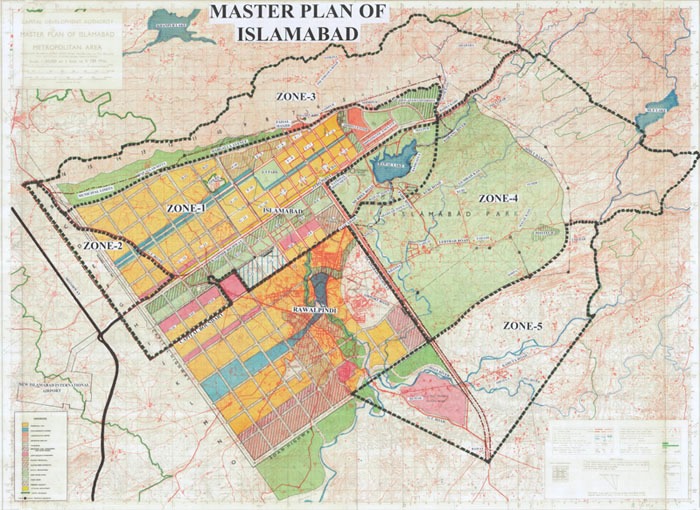
Following are the zones along with the area covered of Islamabad:
| Zone | Area (Sq.km) |
| Zone I | 222.40 |
| Zone II | 39.67 |
| Zone III | 203.93 |
| Zone IV | 282.52 |
| Zone V | 157.94 |
For administrative purposes, the Islamabad Capital Territory is divided into eight zones: residential zones, Diplomatic Enclave, industrial sector, educational sector, administrative zone, commercial zones, green area, and rural area.
Furthermore, the city was divided into five zones i.e. Zone-I through V.
Understanding the Zones
Zone I is made up of established residential sectors, whilst Zone II is made up of underdeveloped residential sectors. Each residential sector is designated by an alphabet letter and a number, and it spans around 2 km by 2 km (1.14 mi by 1.14 mi).
Consequently, each sector is divided into four numbered sub-sectors and is lettered from A to I. The Margalla Hills and Margalla Hills National Park are located in Zone III. This zone includes Rawal Lake. Islamabad Park and the city’s rural surroundings make up Zones IV and V. Zone V is where the Soan River enters the city.
Protection of Zone III
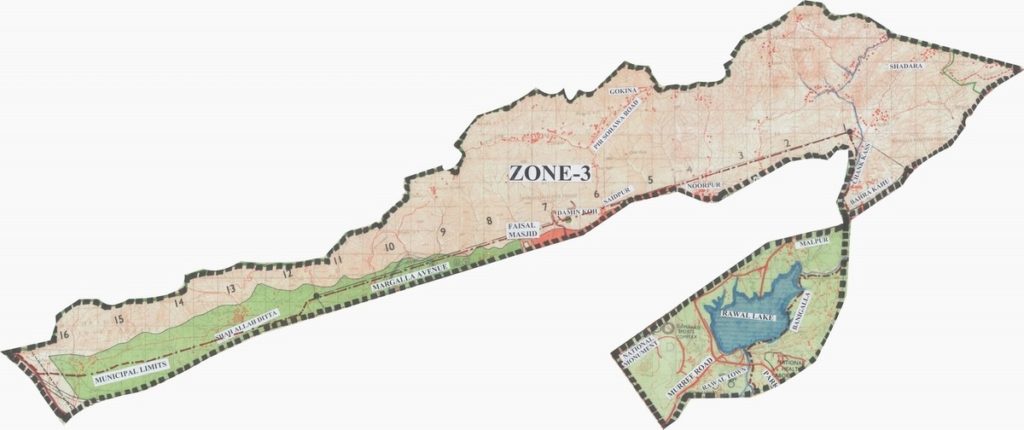
The following construction bans have been imposed by the CDA Zoning Regulations of 1992:
- Because this is designed to be a covered area, no changes in land use are permitted in this zone except preservation, afforestation, and recreation.
- No land sales or purchases that might result in changes to existing rural settlements are permitted.
- Existing rural villages are not permitted to grow.
- In this zone, no residential scheme can be proposed.
Provisions on Unacquired Land in Zone III
The following provisions have been underlined for unacquired land:
- In order to protect the agricultural lands in the vicinity of Islamabad, CDA bylaws not only restrict encroachment but also bar the construction of any kind in the zone.
- No agriculture industry, cattle, or poultry farming schemes are permitted in Zone III.
- Private developer orchard/vegetable farm schemes are only permitted if they are less than 20 kanals in size and have received a No Objection Certificate from the authority.
- CDA bylaws for Zone III have set a restriction of 20 kanals for orchards and vegetable farms, and a total covered area of no more than 2,250 square feet.
- Cluster schemes, where houses and farms are grouped, are only allowed under the condition that the total area covered is no more than 2,250 square feet.
- A clustering scheme of this size cannot be less than 50 acres in size.
- The CDA must approve the overall layout and development specifications before they may be implemented.
Building Regulations in Zone III
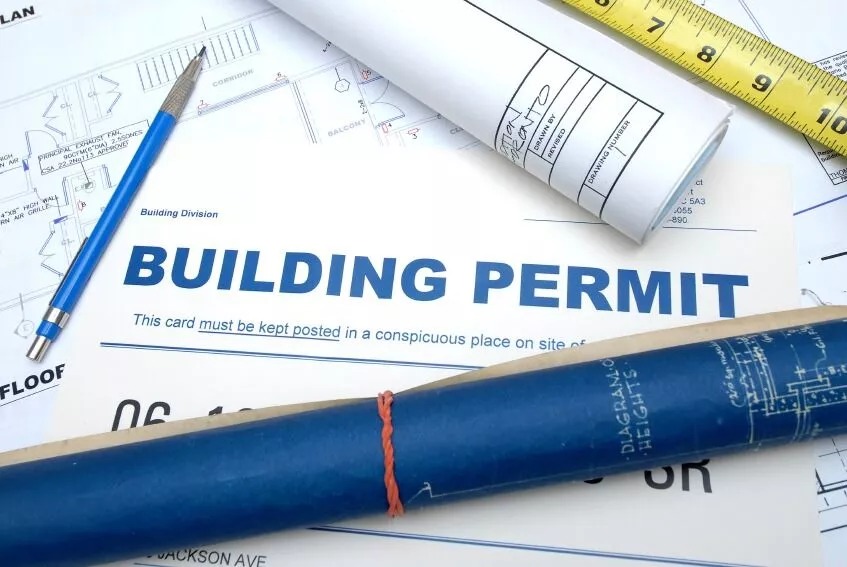
In addition, a completion certificate must be obtained afterwards from the concerned authorities.
- The farmhouse, as well as any other structures on the farm, should be at least 100 feet away from the road/right of way.
- All structures in this zone must comply with the Islamabad Building Regulations of 1963. In addition, the Islamabad Residential Sectors Zoning Regulations of 1985.
- All of the foregoing provisions are subject to the payment of a Scrutiny Fee/service charge. This is for the assessment of proposals, as determined and imposed by CDA.
- No private residential or commercial scheme is permitted to be built in this area. However, subject to CDA approval, old residences can be repaired and existing ones can be expanded.
The following conditions must be met in order for the approval to be granted:
- Firstly, any reconstruction or extension is only allowed to the residents.
- Secondly, the total covered area of the structure does not exceed 1,000 square feet.
- Thirdly, the CDA has the ability to buy the property at any time.
- Lastly, all of these petitions must go through the Union Council in question.
Settlement construction and expansion are prohibited in regions. Especially near water bodies, lakes, and reservoirs, the extent of which can only be verified after thorough hydrological assessments.
Therefore, these are the building and construction regulations that must be obeyed in Zone III of Islamabad. Keep these things in mind if you’re considering a trip to the picturesque Margalla Hills.
To read more about the latest laws passed on real estate in Pakistan such as foreclosure laws in Pakistan, visit our blog.
